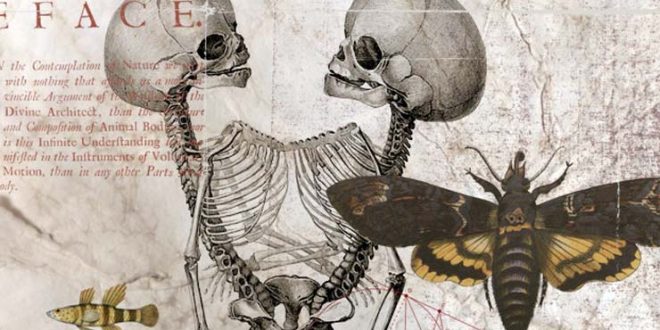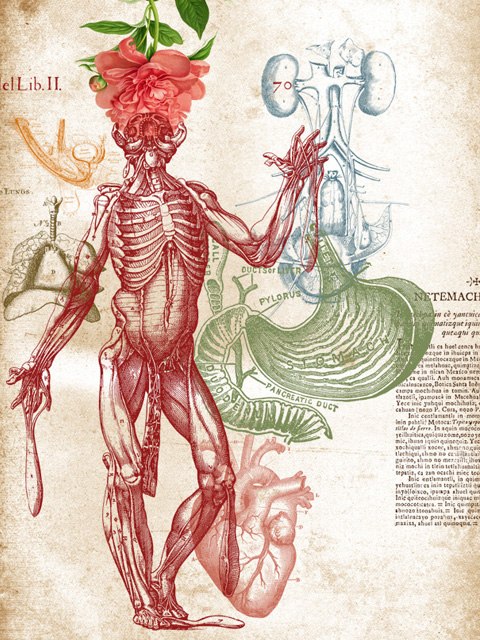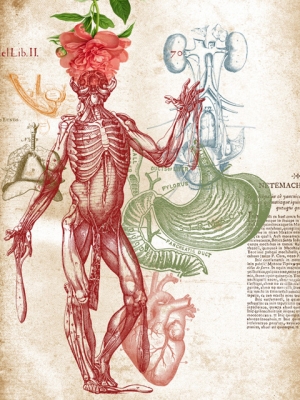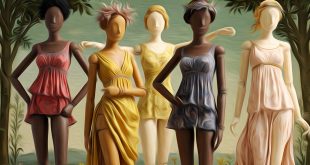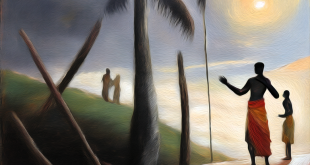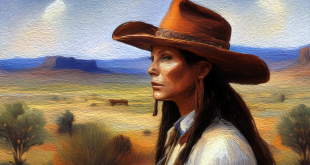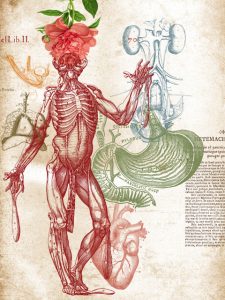 When pictorial activity combines surrealism and verism
When pictorial activity combines surrealism and verism
Born in Oderzo on a November day, ALBERTO MARTINI was an Italian painter, engraver, lithographer, illustrator and graphic designer. That of his father (a naturalist painter and professor of drawing), was an ancient noble family from Treviso. With him he began to paint, thus continuing the family tradition. In 1898 he had stayed in Munich, working as an illustrator for some magazines. In 1904 he had stayed in Paris, drawing his first ex libris. In the immediate post-war period, his interest in the theater was born, with the creation of drawings (with pen and colored watercolor), as well as tempera boards for the costumes of the ballet.
His favorite themes were those of life in the Treviso countryside, that is, of man and his relationship with nature. With his feeling for the macabre, his work was influenced by the Northern Mannerism movement and is often seen as a precursor to Surrealism. In 1895, ALBERTO MARTINI had begun the first series of pen illustrations in Indian ink. These works testify to his great graphic ability, and close his youthful artistic experience. In 1914 he had participated in the VII Venice Biennale, exposing some of his drawings and two oils (Notturno and Nel sonno). A few years after his death, a picture gallery named after him was set up in Oderzo, where many of his graphic and pictorial works were preserved.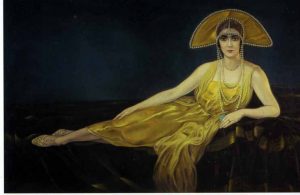
In 1901 he had executed a first cycle of 19 watercolor drawings, for an illustrated edition of “La Divina Commedia”. His illustrated Divine Comedy, is filled with an sense of fantasy and beautifully conveys Dante’s more abstract imagery. His interpretation was a world apart from the Italian Futurist movements of the day. At the outbreak of the First World War, ALBERTO MARTINI performed a series of lithographs entitled “Danza macabra”, revealing his anti-German sentiment. At the end of the war (painting “in the black way”), he performed works of surrealist setting, frequenting the Parisian artistic environment and making friends that introduced him to the important salons of the city. In 1952 he had participated in the XXVI Venice Biennale, presenting pen drawings in pastel colored ink. He died in Milan on a November day, just two years later.
The intellectual property of the images that appear in this blog correspond to their authors. The sole purpose of this site, is to spread the knowledge of these artists and that other people enjoy their works.
Audio Player Meeting Benches World art in all forms
Meeting Benches World art in all forms
